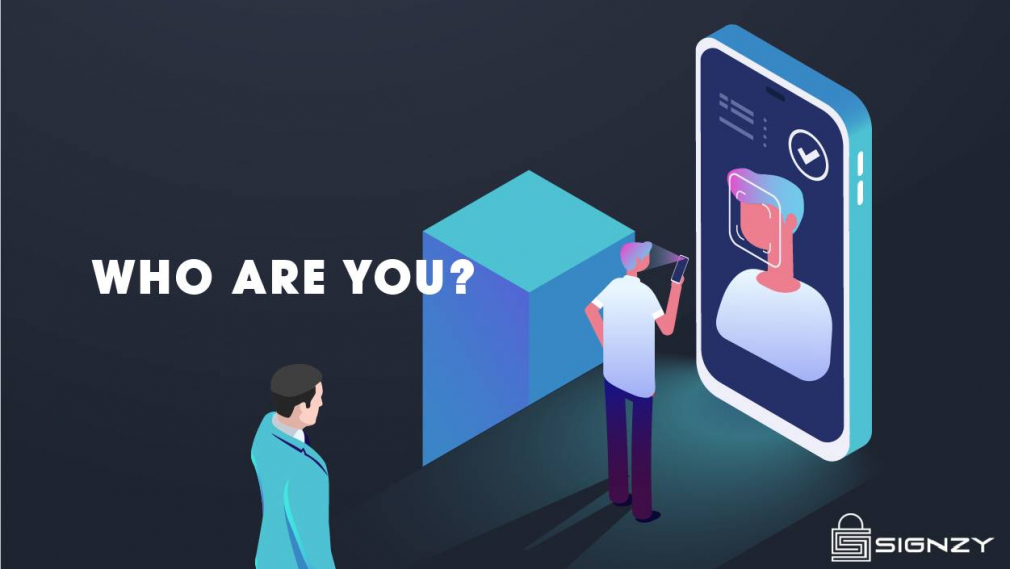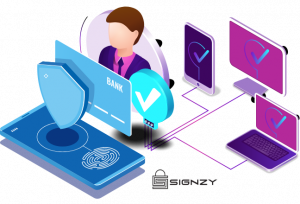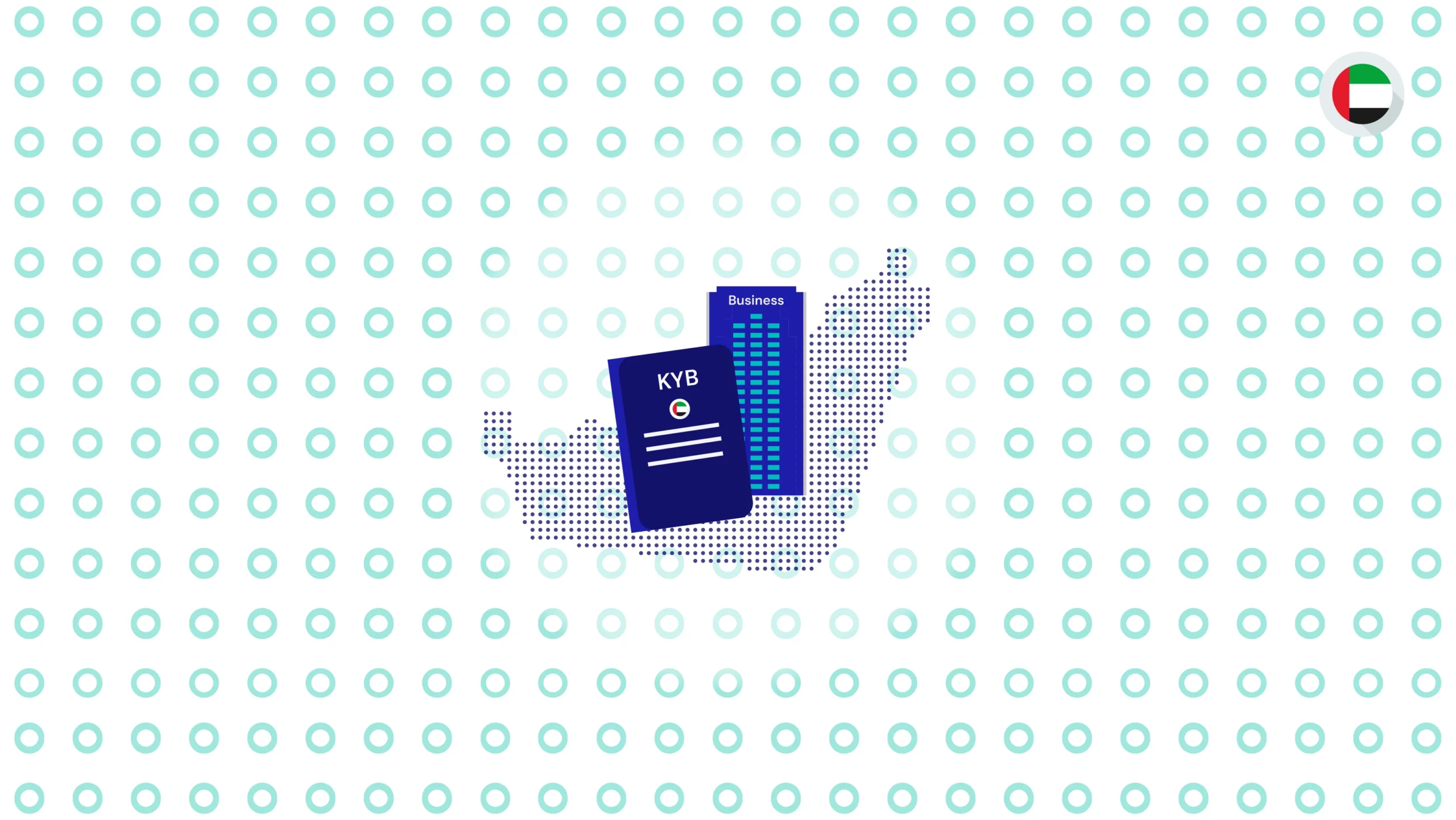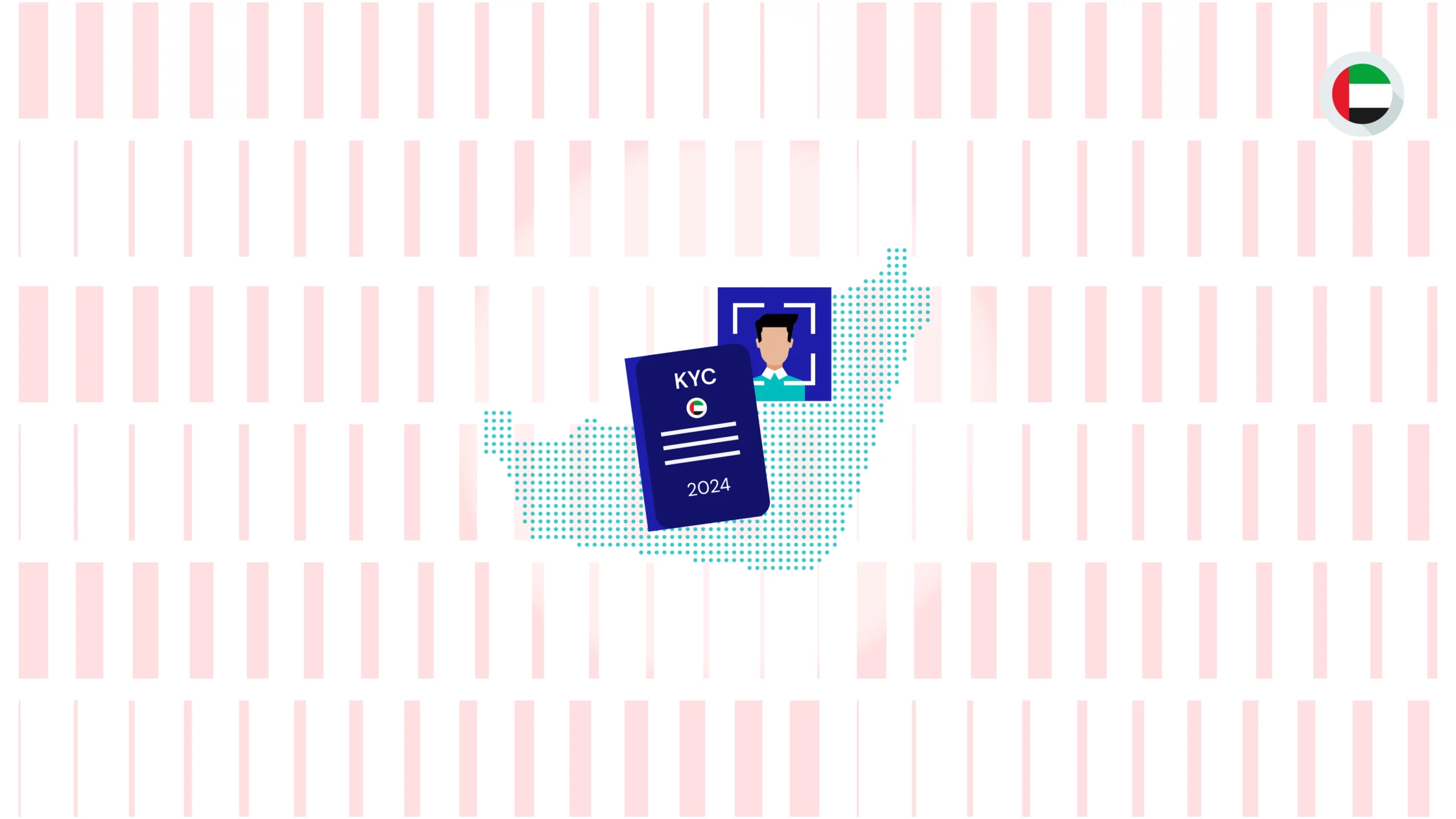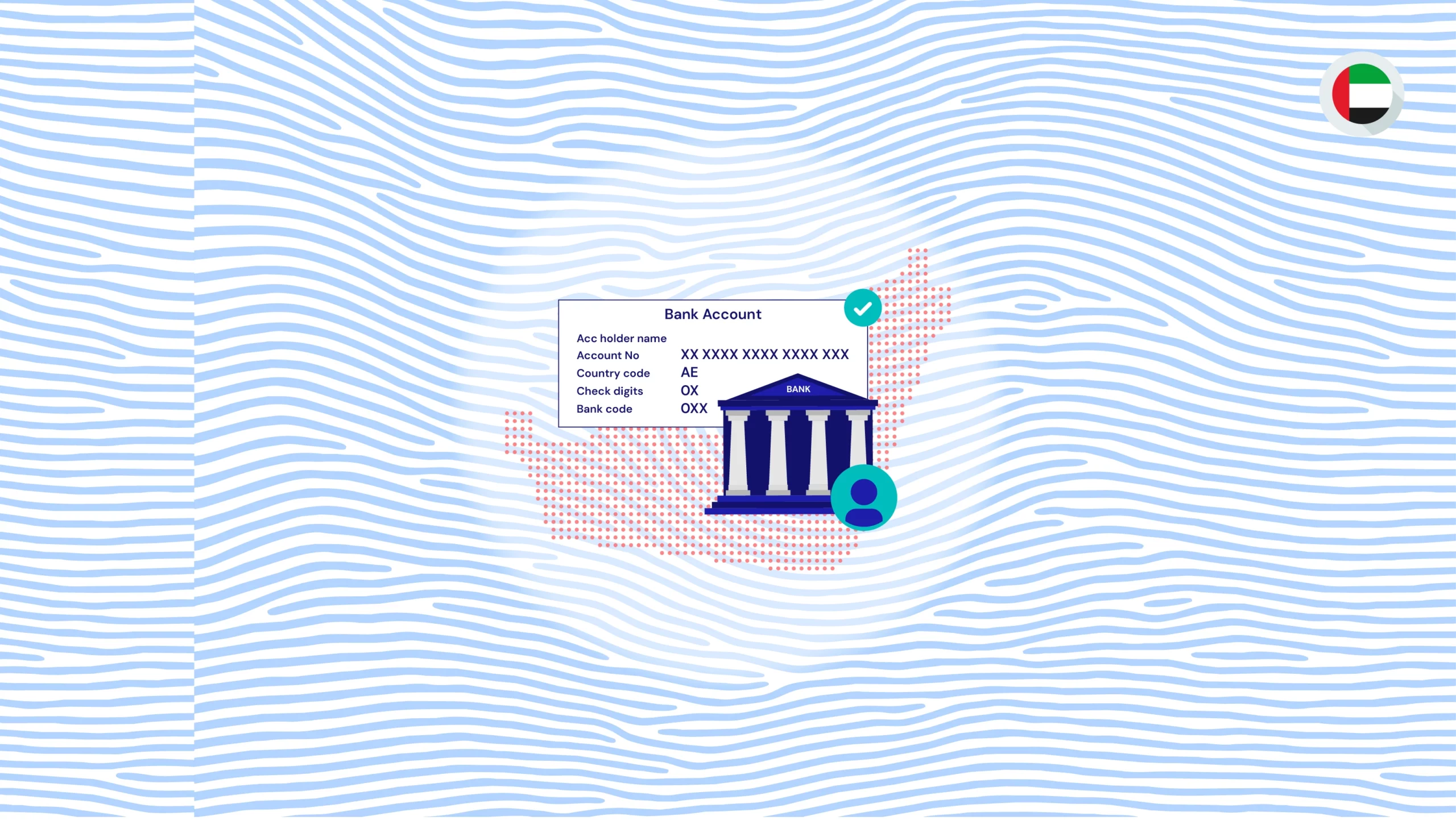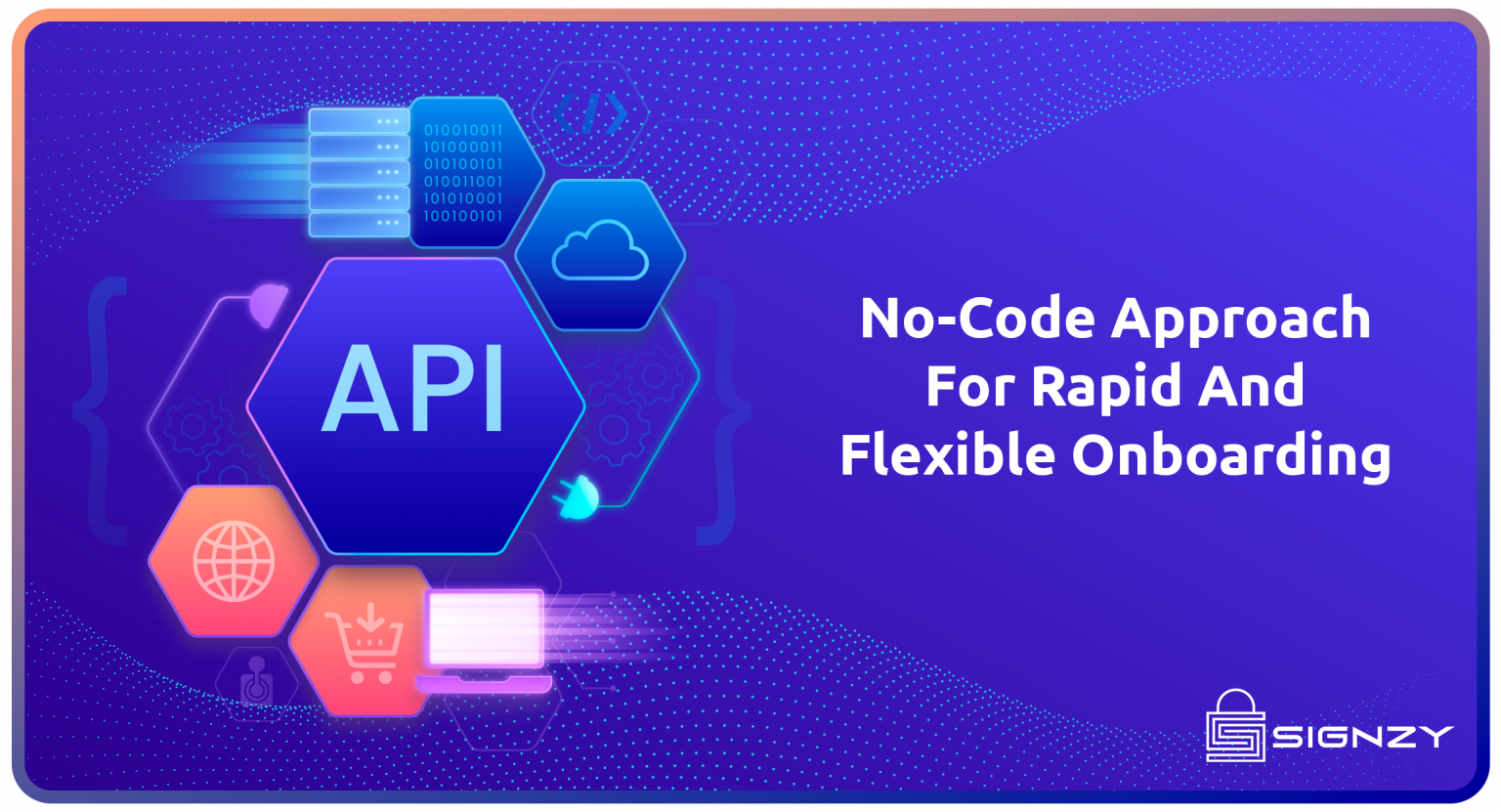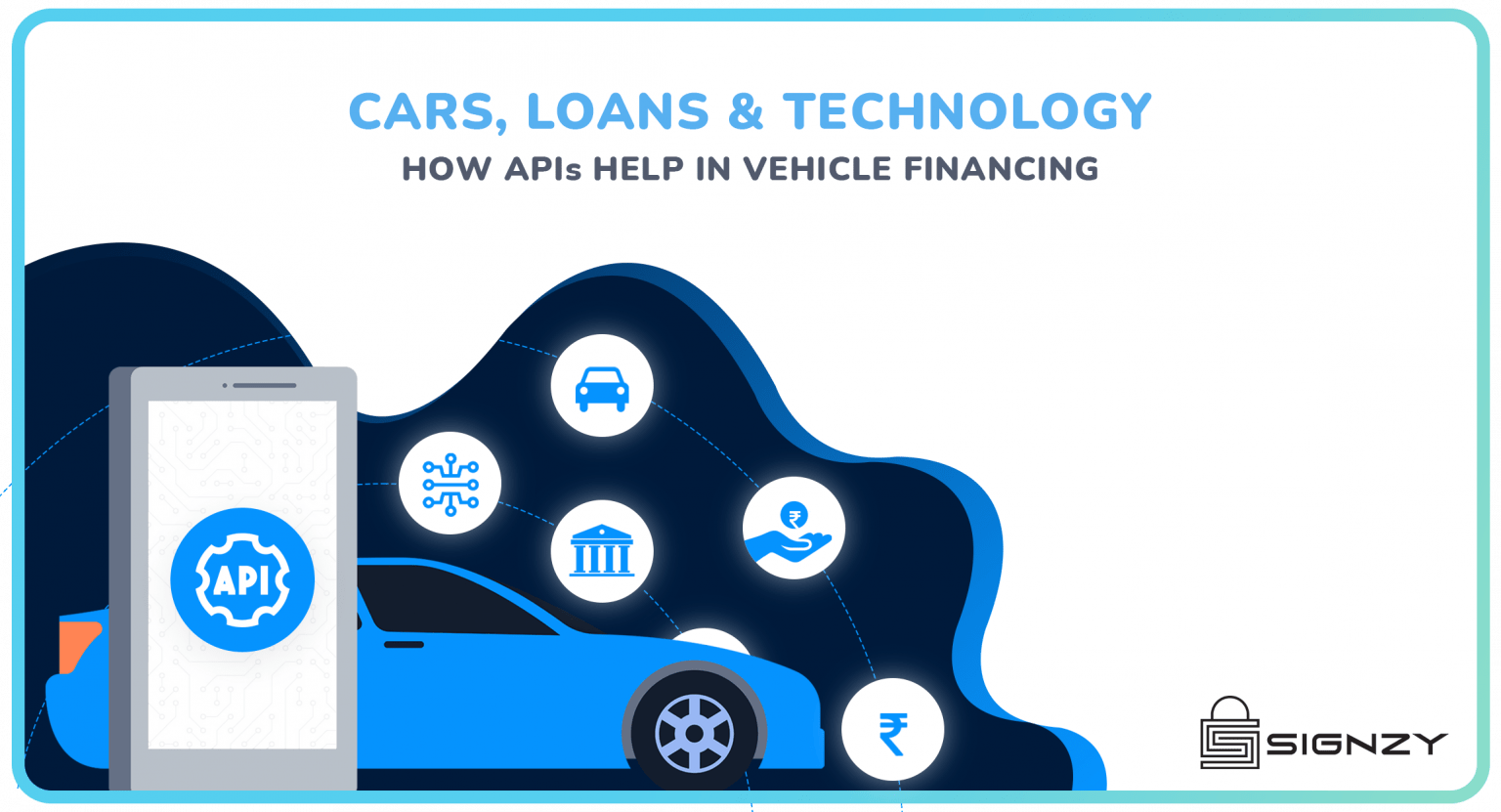Who are you?
Isn’t this the first question that comes to one’s mind when meeting a person for the first time? It is a natural question. In people’s conversations, a response is enough to close this question. But, it is different when dealing with institutions like Banks, Countries (immigration officers), and governments. Verifiable documentary evidence has to support the response. This is when an Identity Verification Service comes into play.
It doesn’t matter who you are. Documents must validate identity when dealing with institutions. A couple of years ago, a video went viral on the internet. It featured the tennis great Roger Federer. An usher at the Wimbledon center court did not allow Federer to pass without an ID document. For the record, Federer has won Wimbledon a record 8 times.
Businesses use identity verification services to ensure customers’ identity is true and accurate.
The identity verification service validates identity in the following ways
- Using Government documents such as license, social security card, or passport.
- Verify information from many sources – credit bureau or government databases.
Thus, identity verification service ensures successful KYC and Anti-Money Laundering (AML) compliance. It also reduces risks by fighting identity theft.
Your business may not have an identity verification service in place. It may already have one but is evaluating other options. Here are pointers to build a strong, successful, fintech, and sustainable identity verification process.
Compliance for an identity verification service
Law of the land still reigns supreme. Statutory and regulatory compliance is mandatory and no exceptions are advised for any identity verification service. On one end, there are KYC requirements that mandate access to identity, financial and personal information. On the other, there are privacy laws that regulate access to user-owned data. A paradox. It is this contradiction that identity verification service providers have to navigate.
KYC
In 2002, all financial institutions made KYC mandatory in the US. This was due to the USA Patriot Act of 2001, which came into being after the 9/11 tragedy. All KYC processes have to adhere to a customer identification program, called the CIP. The CIP also forms part of the institution’s anti-money laundering (AML) policy. Banks and Fintechs leverage KYC to assess customer profile and consequent risk.
Privacy Laws
On 25 May 2018, the European Union (EU) put a privacy law into effect – General Data Protection Regulation (GDPR). GDPR brought to the forefront the entire debate on data privacy. ‘User consent’ is the cornerstone of GDPR giving tremendous control to the user. The user now has the power to manage data – active and passive – that the user shares with other parties. The US too has many privacy laws, but none at a central federal level, unlike the EU’s GDPR. The Californian Consumer Privacy Act (CCPA) is often the most talked about and the most recent.
Be aware of legal requirements before zeroing in on an identity verification service. Adhere to all laws including KYC, Anti-Money Laundering (AML) regulations, and privacy. Violation of laws could invite major penalties or financial jeopardy.
Fraud Protection
The leading identity verification company Idology published the eighth “Annual Fraud Report 2021.” It says leaders call identity verification, the number one challenge in addressing fraud. It is not surprising. Covid-19 accelerated digital transformation initiatives across organizations. Identity verification was one of the top use cases. This at a time when incidents of fraud – financial, data breaches, identity thefts, and mobile fraud plays – are at historical highs.
Technology
Without technology, no identity verification service would be possible. The options are discussed below.
Optical Character Reader (OCR)
The world is still far away from complete digitalization. Most documents including those related to identity are still in paper form. OCR transmits the data from paper to electronic portals. OCR scans, recognizes, reads, and extracts written information from an identity document. It then verifies if the identity card submitted by the customer is legitimate or not. This allows customers to verify their identity through smartphones. OCR collects data from documents and encrypts it to follow regulations and reduce fraud.
Biometrics
Your smartphone asks for your fingerprint or your Face ID to unlock. Biological markers are impossible to replicate. These markers are best placed to customers into a password.
Biometrics goes beyond face id recognition. It could extend to DNA matching, iris scan, fingerprinting, voice, and even typing. Biometric identification captures and corresponds to people’s unique physical features/behaviors. Thus, it lends strong confidence to a business’s approach to identity verification.
Blockchain
Following the crypto-mania? The Bitcoin frenzy has overshadowed the technology that powers crypto – Blockchain. Blockchain is powering a broad range of applications from trade to music and even voting. Yes, voting in elections. Identity management is using blockchain too.
The beauty and strength of the blockchain are that it restores the right to privacy to the user. It is the user who decides what personal identity information to share. Thus, fintech balance the challenge of ensuring compliance while adhering to privacy laws.
Blockchain is a digital ledger of decentralized data. It lends itself well to solve the use case of identity verification. Consumers assign a digital identity or watermark for all transactions. They then decide which information to share. This makes the process speedy, convenient, and risk-free for both parties. Thus, leveraging blockchain technology can ensure that digital compliance is convenient yet secure. Digital identity verification solutions including Signzy are also utilizing blockchain to audit transactions.
Artificial intelligence (AI)
AI impacts identity verification in the following ways,
- Replace the human in performing all mundane tasks e.g. physical verification of paper identity documents.
- Quick real-time verification of captured information with a trusted database either public or private.
- Fraud detection and prevention.
Artificial Intelligence (AI) fastens the identity verification process compared to humans. It also resolves the biometric issues related to aging, makeup, and facial hair. AI-driven platforms leverage artificial intelligence algorithms. They verify a selfie and a photo ID for a swift and accurate identity verification process. AI accepts many identity card formats and uses the selfie for more authentication. AI conducts real-time authentication with geolocation, IP address, and AML background check.
The technology stack supporting identity verification could start with one of the above. The stack could also be a combination. The decision would depend on the requirements and the business’ capability maturity. The choice of the technology stack should address compliance, fraud, and user experience.
Awesome User Experience (UX)
Identity verification is fraught with friction. In most cases, it is a frustrating experience for the users. Most users seem to have developed ‘acceptance’ to a poor user experience. Even the smallest convenience offered comes out as a great user experience. Balance awesome UX with the need for compliance and also preventing financial frauds.
Factors to consider
The approach to delivering a great UX could be guided by the following factors.
Avoid human intervention as much as possible
Ever imagined what would happen if the number of customers increased by 10 times? Wouldn’t it be tedious for your staff to keep up with the onboarding process? Thus, it would lead to bottlenecks causing the process to slow down. Higher the number of customers, slower the onboarding process. It’s an issue that can be exacerbated. Hiring more employees could solve this problem but wouldn’t be beneficial. Deploying automation will prevent this problem. It will avoid time-consuming processes, human errors, monotonous and repetitive tasks, improving productivity.
Need for speed and seamless experience
Customers hate waiting. The more you make them wait, the higher are the chances of you losing them. Sign-up abandonment is a reality, even if related to ‘mandatory’ services like banking. Unfamiliarity with the processes can be uncomfortable and frustrating for the customers. This causes poor user experience, resulting in abandonment and even churn.
Set user expectations
Identity verification is never a one-step process. It has to involve many steps. Setting user expectations at the outset can help manage user expectations better. Resetting user expectations at every step will help build a relationship. Thus, leading to eventual success.
Quick Wins
The single most important element in improving UX is simplicity. Achieve UX Simplicity by doing some of the following.
Autofill or automate the capture
One can’t imagine the joy one experiences on seeing a 15 field form partially auto-filled. A helpful dopamine shot. The availability of public and private databases of information can improve UX and cut errors of omission and commission.
Ask easy to remember information
Instead of asking the entire 9 number social security number (SSN) asking for the last 4 digits could catalyze action. Similarly, asking for information progressively (i.e. step by step) instead of all at once could reduce friction.
Fallback
Not every user who fails verification is a fraudster. Legitimate users may also be unable to verify ID because of genuine reasons (patchy internet, poor quality camera). So as not to impair UX, the system should provide for a fail-safe fallback including a manual process as the last option.
It is all coming together
Digitization will continue to grow. Institutions will juggle many factors in implementing identity verification solutions. Compliance will, without doubt, be the overriding factor in setting direction. E.g. The current COVID-19 pandemic is exerting another layer of verification for people’s movement. The continued growth in mobile users is making awesome user experience hygiene. UX should be as simple as ordering food on mobile, if not simpler. It is up to technology to do the tough balancing act between compliance and UX. It will be interesting to witness the future of digital identity verification. It will include compliance, mobile identities, cross-border imperatives, and artificial intelligence. Get ready for a machine soon asking you, “Who are you?”
About Signzy
Signzy is a market-leading platform redefining the speed, accuracy, and experience of how financial institutions are onboarding customers and businesses – using the digital medium. The company’s award-winning no-code GO platform delivers seamless, end-to-end, and multi-channel onboarding journeys while offering customizable workflows. In addition, it gives these players access to an aggregated marketplace of 240+ bespoke APIs that can be easily added to any workflow with simple widgets.
Signzy is enabling ten million+ end customer and business onboarding every month at a success rate of 99% while reducing the speed to market from 6 months to 3-4 weeks. It works with over 240+ FIs globally, including the 4 largest banks in India, a Top 3 acquiring Bank in the US, and has a robust global partnership with Mastercard and Microsoft. The company’s product team is based out of Bengaluru and has a strong presence in Mumbai, New York, and Dubai.
Visit www.signzy.com for more information about us.
You can reach out to our team at reachout@signzy.com
Written By:

Signzy
Written by an insightful Signzian intent on learning and sharing knowledge.
